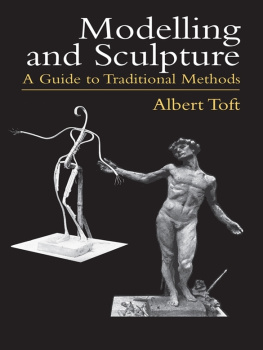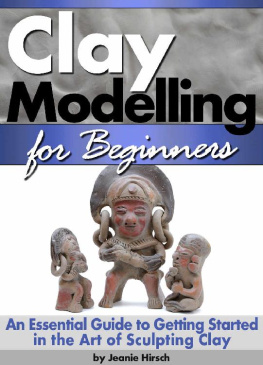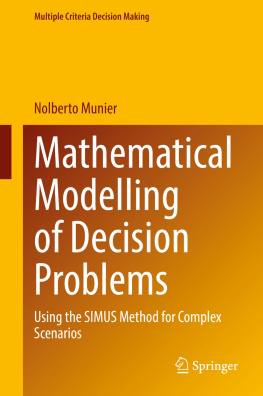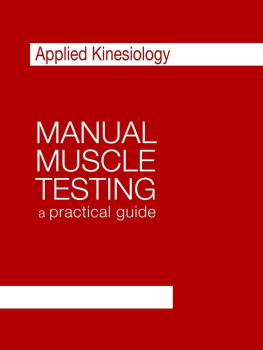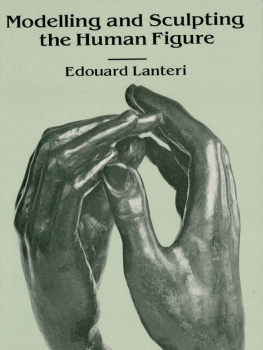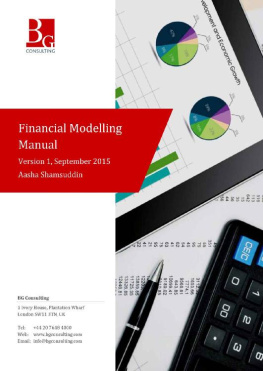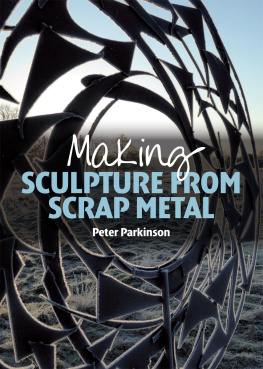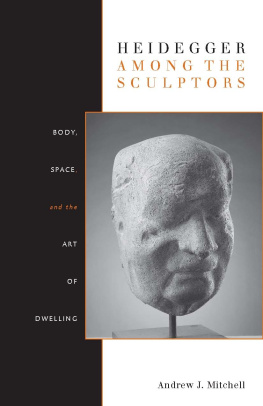CHAPTER I
A SHORT DESCRIPTION OF THE PROGRESS MADE IN ENGLAND DURING THE LAST THIRTY YEARS
IT is a notable and inspiring fact that the past quarter of a century has witnessed the renaissance of the sculptors art in Great Britain. Previous to this, with a few exceptions, sculptors lacked distinction, inspiration, and artistic taste.
Nothing so mediocre as certain phases of art during the early and mid Victorian period could possibly find acceptance to-day; and the marked advance, alike in treatment and every other quality, is cause for rejoicing among all art loversmore especially among those who are earnestly striving to raise British sculpture to a dignity which shall entitle its productions to rank with the noble achievements of classic and Renaissance times.
Giants among the pigmies, a Flaxman and a Stevens arose, almost isolated cases of genius, and it is a marvel that these artists were able to give us such splendid work, considering the extremely low level of their contemporaries in the British School of Sculpture.
The apotheosis of the Deadly Commonplace, the environment of Unloveliness and the admiration of the Ugly Utilitarian made any genuine artistic effort during this period all the more remarkable.
But since then men of high intelligence, originality, and rare technical skill have arisen, whose sculptural work will compare with many of the lofty achievements of Greece and Italy; men whose individuality and creative genius render their work a thing of beauty and a joy for ever. And yet it was but an accident of Fate that poor Stevens, perhaps the greatest sculptor since Michael Angelo, ever became known in his supreme greatness. How much poorer would the world of art have been by the exclusion of such a transcendent genius?
Happily, to-day, things have considerably changed for the better.
It is not only genius that arrests attention; numbers count also, and the number of men producing good sculpture in Great Britain at the present day is surprising. This is all the more significant when we remember that they are, one and all, remarkable for their individuality, whereas in some foreign schools, especially in the French, the system of education tends to produce a sameness in technique, a general likeness in selection of subject and arrangement, that suggest too great an influence of one or other professor or master, until individuality is lost, and the student becomes a copyist, even of the most marked faults of his master.
Fortunately, this is not the weakness of the British sculptor, whose dominating ideal is Truth, originally expressed through the mind as well as through the eye.
The French sculptor is distinctly more facile in execution, but the Briton stands pre-eminent in conception and those qualities which go to make his labour of lasting value.
There can be no question, however, that France has produced, during the last half-century, sculptors whose work shows exceptional originality and genius; whose statues are not only of national but of world-wide fame; and although we may differand that seriouslyas to the form, treatment, and selection of subjects, we are compelled to the greatest admiration of the inspiration and exquisite technical skill which have produced work beyond and above all carping criticism.
All mannerism in art is objectionable. The British student of sculpture is usually endowed with an individuality of his own, a something that develops after he leaves the modelling class, and soon becomes a recognisable quality of all the work he produces, a peculiarity to himself. He is no mere copyist. And it is this very quality about the British school of sculptors that makes it so strong and virile. For proofs of its excellence and of the progress made during the last thirty years in the art, one needs only refer back to the magnificent collection of exhibits at the Franco-British Exhibition in 1908, or to look round any one of our big provincial cities to-day, and compare the many fine recent memorials there erected with those of an earlier date, often in juxtaposition, as if to make the comparison more striking with those Early Victorian horrors!
London, at once the greatest city and the wealthiest in the world, magnificent in many of its architectural structures, with schools of art second to none in Europe, has failed signally to beautify her squares and public places with the sculptors art. She has a notable fewvery fewgood statues, and a host of villainously bad ones, which create ridicule rather than respect in the mind of the passer-by; but the time will surely come, and this perhaps at no distant date, when our great city will awaken to the fact that great sculptural monuments are not only wanted to beautify her streets, but have distinct educational value. They elevate the intelligence of the people, by keeping green the memory of our noblest heroes who have built up for us the history of this mighty empire.
There is no doubt that French art and the method of French training have influenced British sculptors, inasmuch as they demonstrated to us emphatically that there is only one course open if we desire to attain the Ideal, and that isto study, with infinite care, closely and conscientiously, the Real, the Natural; to study Nature in her every possible mood or phase, to learn her ways, and having so absorbed her teaching, to make use, so far as in us lies, of whatever study comes nearest to our hearts, and to select the best from the good.
The more we study Nature, the more intense grows our love and reverence for her, and we become in the real sense studentsable to penetrate and reproduce her mysteries.
Selection is one of the most important factors in an artists career, for how is it possible to distinguish the best from the merely good unless we have studied both?
Try to be Shakespeare, leave the rest to Fate!
The aim , if reached or not, makes great the life,
may be applied, beyond the poets intention, to all art students.
Michael Angelos will never, at any period of the worlds history, become common; but we can all, at least, strive for our supreme ideal.
To become an idealist you must necessarily first be a realist. So taught the Greeks, the Italians, and our friends on the other side of the Channel. And their axiom is true. Realism broadens, deepens, and expands our vision. It makes us more capable of appreciating the great Greek works, and of understanding how, by the closest study of Nature, they were wrought. This is a fact which no student of the classic sculpture of ancient Greece could deny. They went direct to Naturethe only Eternaland in mere human models saw, as with an inspired insight, the God-like forms we recognise to-day as the master-work of men themselves divine, whose statues have, through the passing of the ages, remained examples for subsequent artists, even to our own century.
True art it is impossible to produce without that actual technical knowledge which is only to be acquired by patient and painstaking study. What musician could compose any work worth listening to, unless he had mastered the intricacies of harmonies and counterpoint? What writer could hope to take rank in literature without the most perfect command of grammatical expression and of the proper formation of sentences; and what sculptor can possibly hope for success to crown his labours, unless he has thoroughly mastered the technique of that most difficult of arts?
A Spanish writer has said that Sculpture is crystallised Poetry; the Music of the Spheres made visible, the Ideal manifest unchanging and unchangeable through the Ages! and, allowing for the rhapsodical temperament of a southern author, it is not altogether an untrue description of all that sculpture should be.

